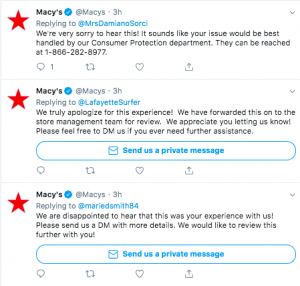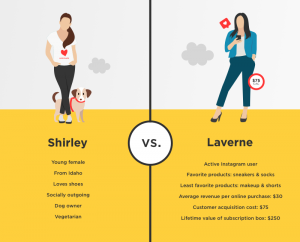Some of the most seasoned marketing executives have patted me on the head when I’ve emphasized the importance of digital brand strategy. “Let the experts in social media, etc., take care of it,” they say. “No need to mess around with new online toys and platforms that don’t concern us master branders …”
How wrong they are, though! These days, an effective online strategy is just an extension of your core brand proposition, and any decent brander needs to pay digital strategy the same level of respect they do the other aspects of their brand.
Especially since the pandemic, people have been online a ton—I mean, way more than usual. Recent research shows that people are also buying more online and responding to online ads at higher rates than ever before. Powerful marketing execs need to see the digital world as being on par with their PR, direct mail, major media, and other strategies.
So here are my five core points when it comes to digital strategy.
Digital Marketing Is Your Brand Strategy
The ongoing stream of shiny digital activation activities seems to have blinded us all to what we have known and have always lived by—the key to effective marketing is a clear brand positioning. To you head-patting executives, I ask, when was the last time you paused to consider your brand’s strategic raison d’etre before sharing that super funny (cringe!) 280-character tweet?
Digital strategy literally is your brand strategy. It extends from your why, what, how, and its success depends on how clear, consistent, and aligned you are.
Start with Positioning
Before launching a digital campaign, get back to the basics: ensure marketing activity is in alignment with your brand’s strategic positioning.
A clearly articulated positioning statement helps to establish the conceptual place you want your brand to own in your target’s mind. In most cases, a positioning statement is comprised of five key components:
- the target audience
- the frame of reference
- the point-of-difference
- the RTBs
- the benefits
If your brand has a well-crafted positioning statement, use it as the strategic lens by which all brand activities—especially digital—are filtered. It will help focus and prioritize your marketing spend, and it will ensure that all activities reinforce the brand’s core value proposition as well as its place in the consumer’s mind.
Assess and Segment Your Target Audience
Your target audience must be based upon a deep understanding of the key motivations and needs of your target audience. Go beyond broad category statistical data and demographic groupings and instead really dig in and identify key attitudes and aspirations, aka psychographics, to define your target.
Find the behavioral “glue” that binds the group. Not only will this help to create more sticky and loyal customers, but it also enables more effective digital and social campaigns. Remember this rule of thumb; if you try to be everything to everyone, you will end up being nothing to no one.
Point-of-Difference
What is that one thing your brand hangs its hat on—it’s one solid, unimpeachably unique feature? That thing that truly separates it from the sea of sameness. Do you know it—by heart?
If not, learn it. You must recognize instantly what the category table stakes v. the real differentiators are. What do you have to “check-off” simply to be in the consideration set v. what will make your brand truly invaluable? Play the “so-what” game, and don’t be afraid to push back.
Really expand your thinking about what makes your brand truly special. At TopRight, we go beyond the traditional advertising model of establishing the brand’s point of difference as a “what” to include “how” and “why.” And honestly? These additional factors make all the difference in really understanding your own brand.
Always Use Digital to Deliver on Brand Positioning
Armed with the positioning statement, create a digital marketing plan that is in alignment with what your brand stands for. Develop campaigns and activations that help to solidify the brand’s conceptual place in the mind of your (well identified and thoroughly understood) audience.
When you do that, you can be sure the strategic dog is wagging the digital tail!
Business & Finance Articles on Business 2 Community
(46)
Report Post






